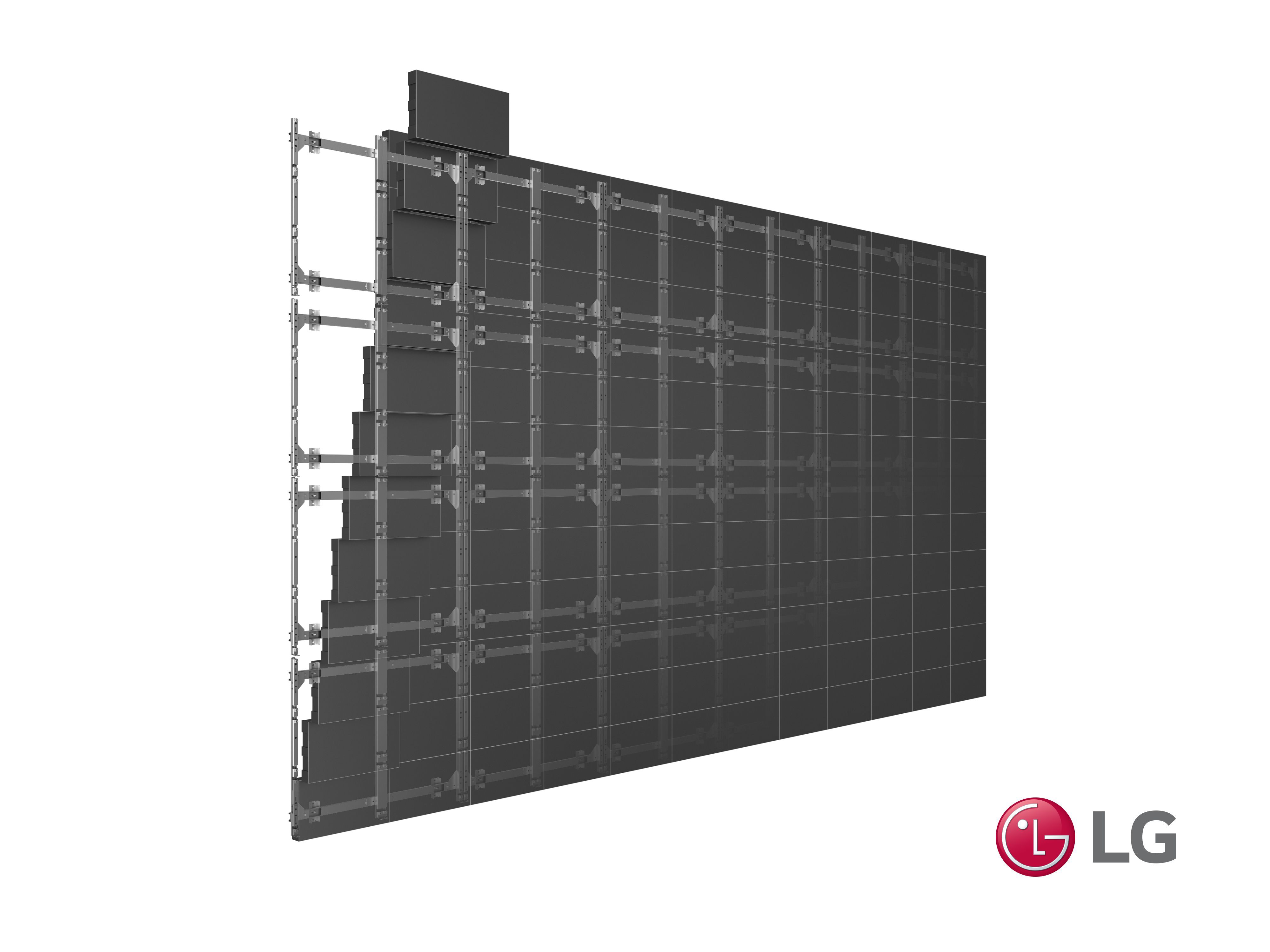Investigating the Key Factors That Affect Color Uniformity in Light Emitting Diode Wall Screens for Optimal Visual Output
Investigating the Key Factors That Affect Color Uniformity in Light Emitting Diode Wall Screens for Optimal Visual Output
Blog Article
Hue consistency in light-emitting diode wall screens is crucial for achieving maximum optical output. LED wall panels are commonly used in various settings, including concerts, meetings, and promotional showcases. When the hues on these panels are consistent, they create a more captivating and enveloping encounter for audiences. Several key factors influence hue uniformity, including the caliber of the light-emitting diode elements, calibration processes, and environmental factors.
The caliber of the LED elements plays a major role in hue uniformity. Different types of LEDs emit light at different wavelengths, which can affect the overall hue result. High-quality light-emitting diodes are engineered to produce a more consistent light spectrum, resulting in better hue precision. Additionally, the production process of these light-emitting diodes can affect their performance. Panels made with superior materials and techniques tend to have less color variations, ensuring that the shown pictures and videos look lively and faithful to reality.
Tuning is another essential factor in preserving color uniformity in light-emitting diode wall panels. Tuning entails adjusting the configurations of the screen to ensure that the colors shown align the intended appearance. This procedure can consist of fine-tuning brightness, differentiation, and color balance. Regular tuning is essential, especially in settings where illumination conditions change often. By this website tuning the panels, technicians can fix any inconsistencies in color result, leading to a more consistent viewing encounter.
Surrounding conditions also influence hue uniformity in LED wall panels. Elements such as surrounding light, heat, and humidity can influence how hues are seen. For instance, bright ambient light can dull hues, making them look less vibrant. Similarly, extreme temperatures can influence the functionality of the LEDs, resulting to color changes. To reduce these issues, it is essential to install LED wall screens in managed settings where lighting and temperature can be managed efficiently.
Finally, the design and layout of the light-emitting diode wall screens can impact color consistency. The configuration of the screens, as well as the spacing from which they are observed, can create variations in color perception. When screens are arranged too distant apart or at different angles, audiences may detect discrepancies in hue. To obtain the best visual performance, it is important to consider the placement and arrangement of the panels during setup. By addressing these elements, users can guarantee that their light-emitting diode wall screens deliver a consistent and high-quality visual experience.